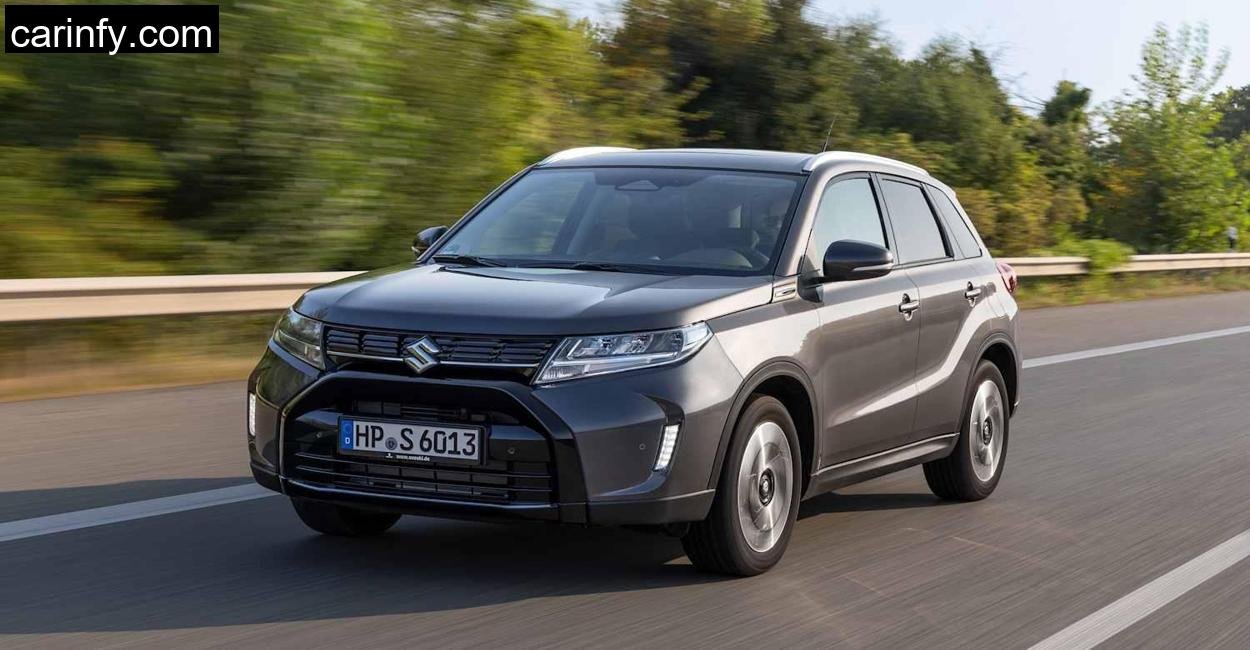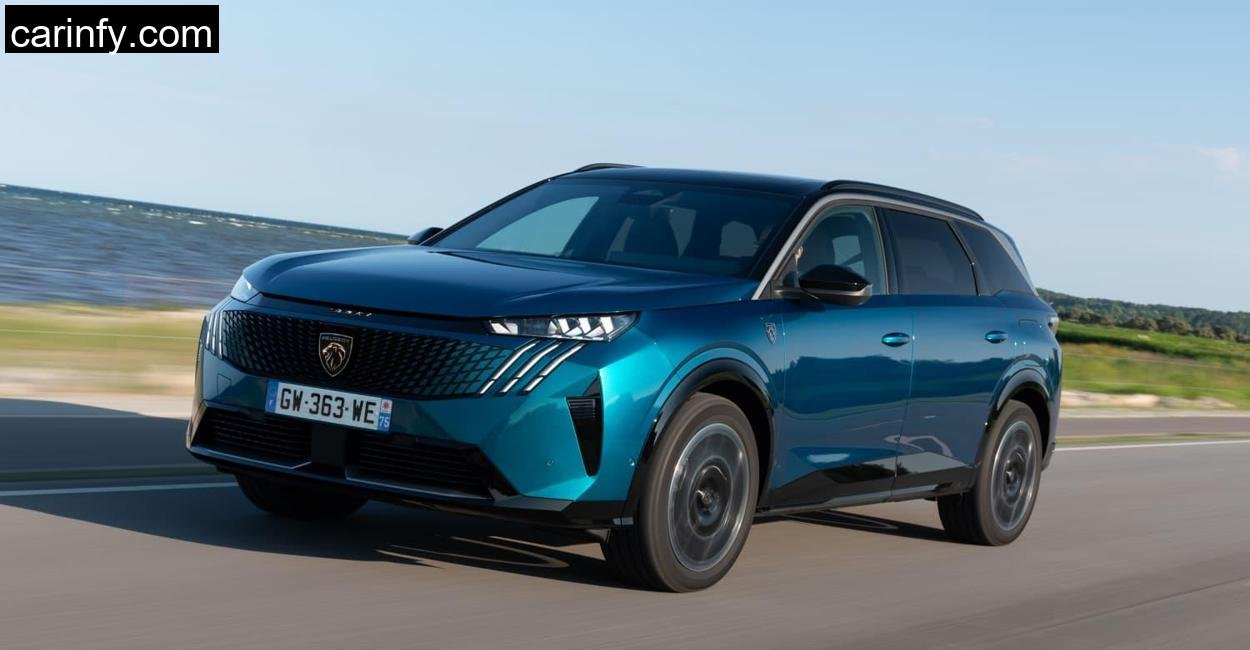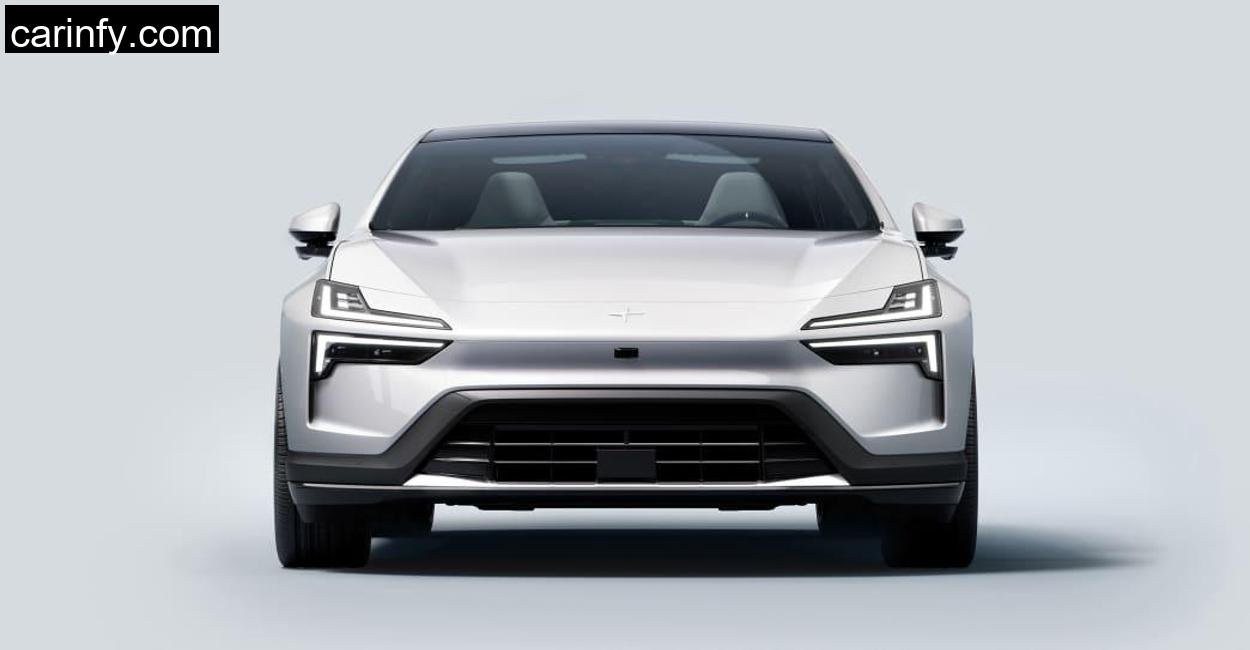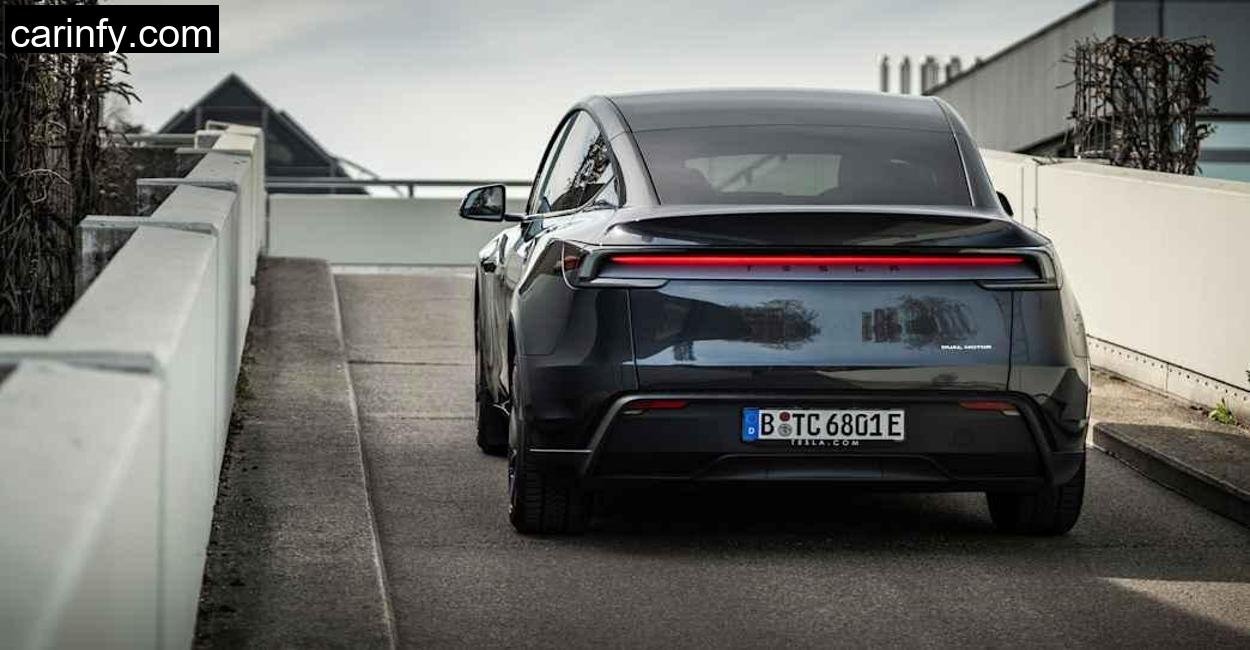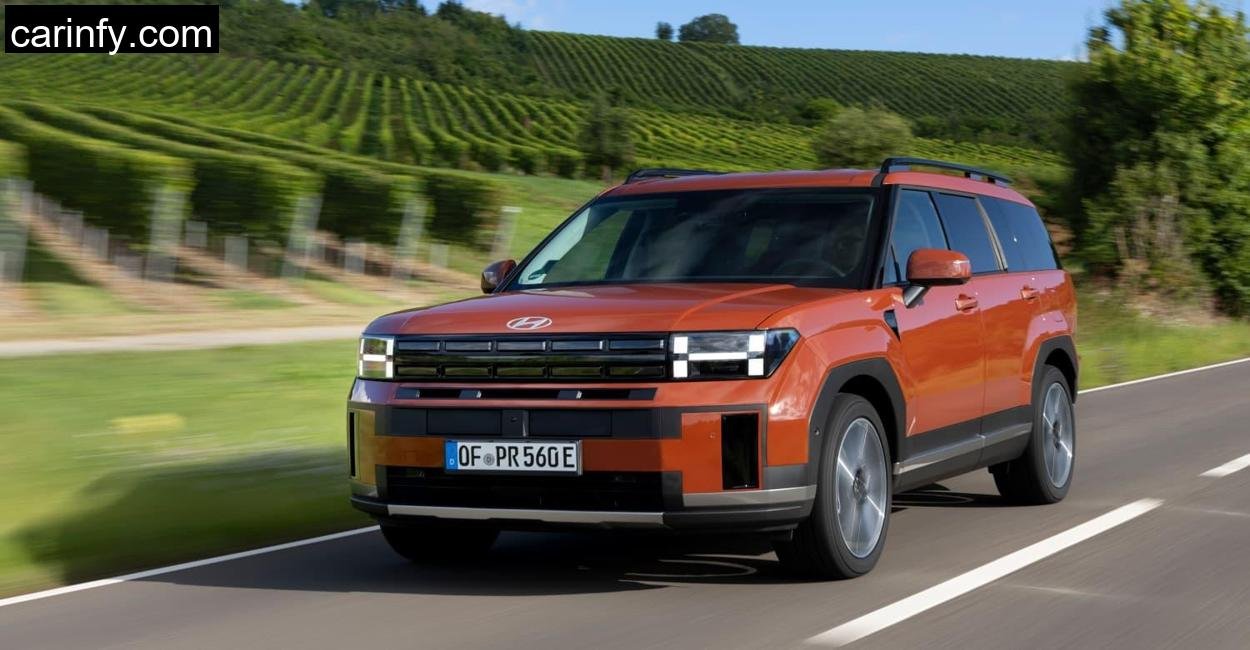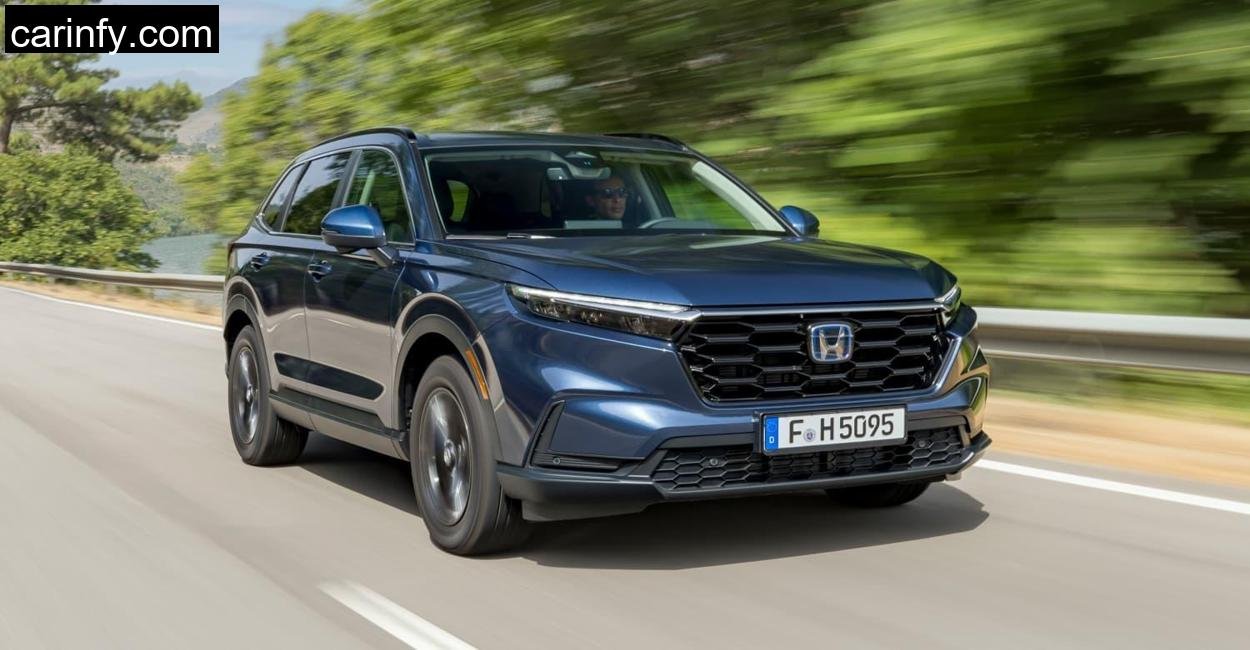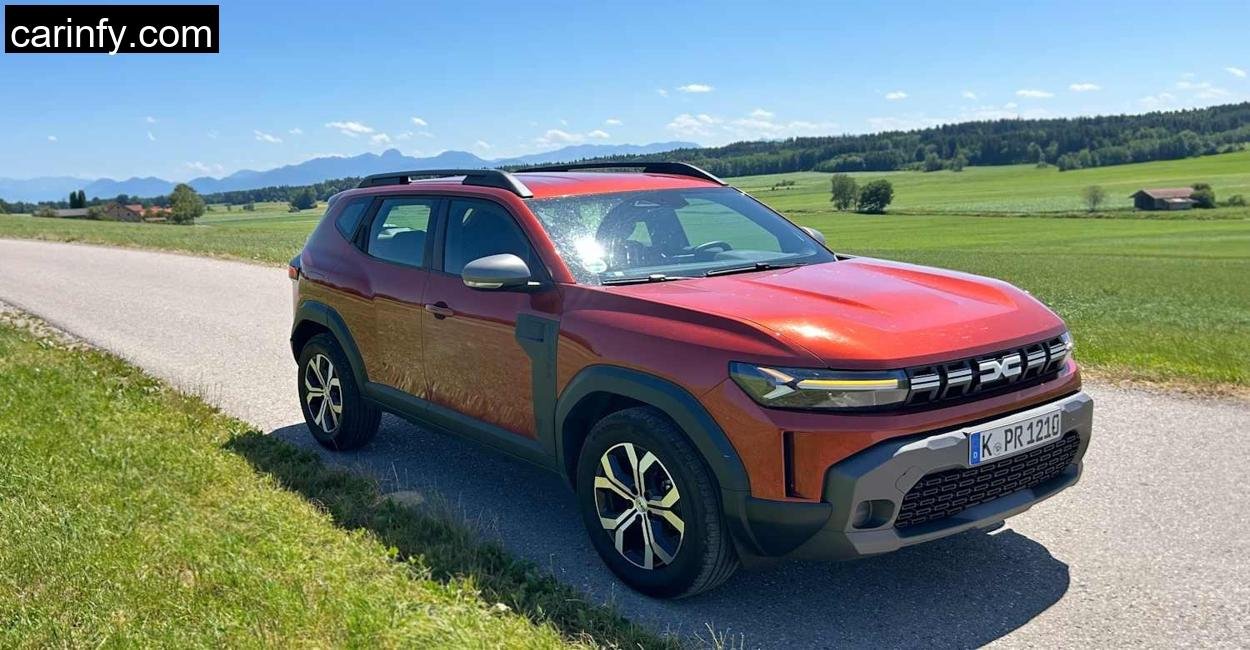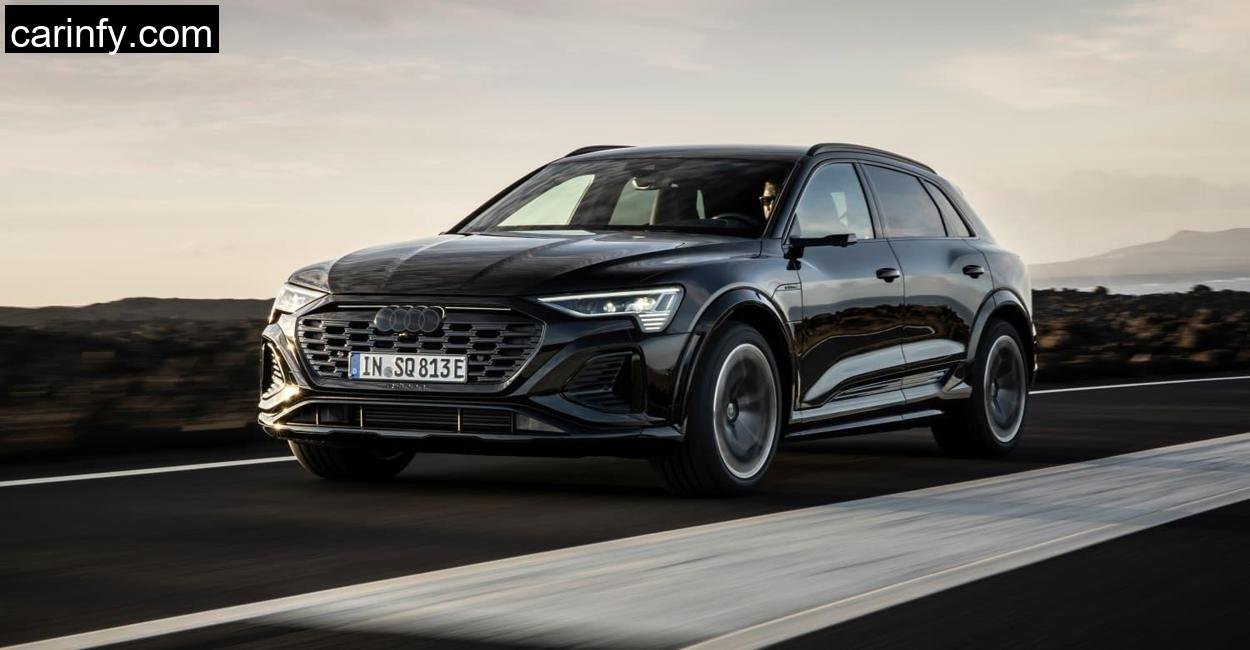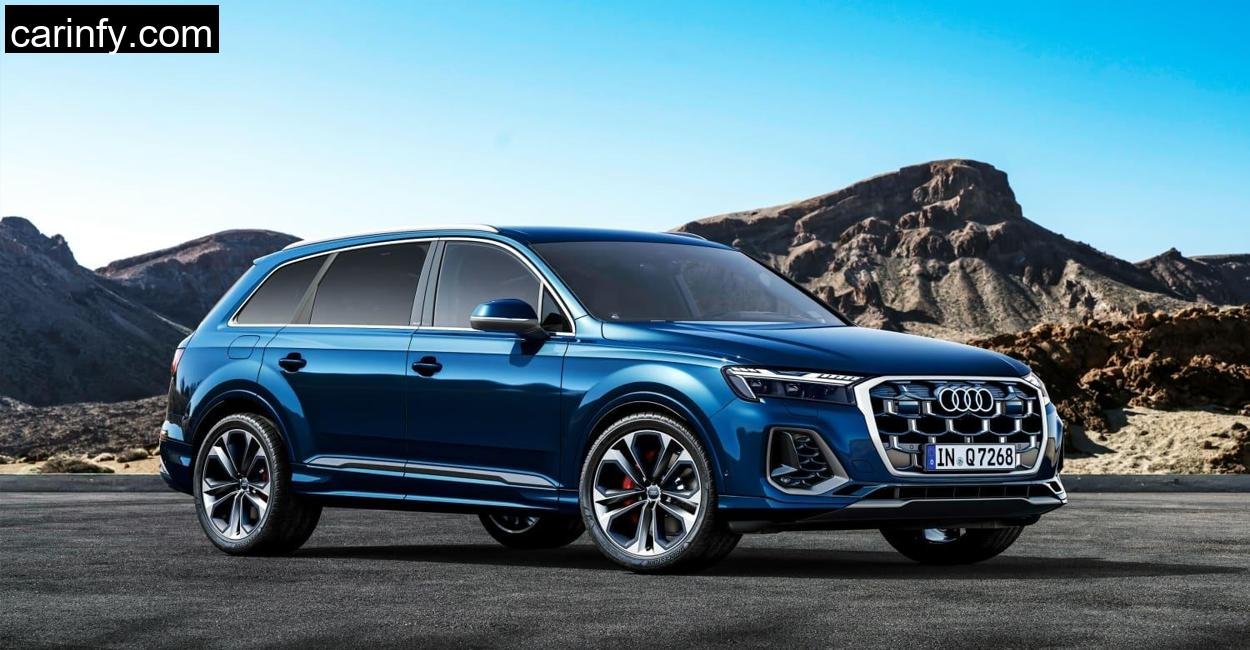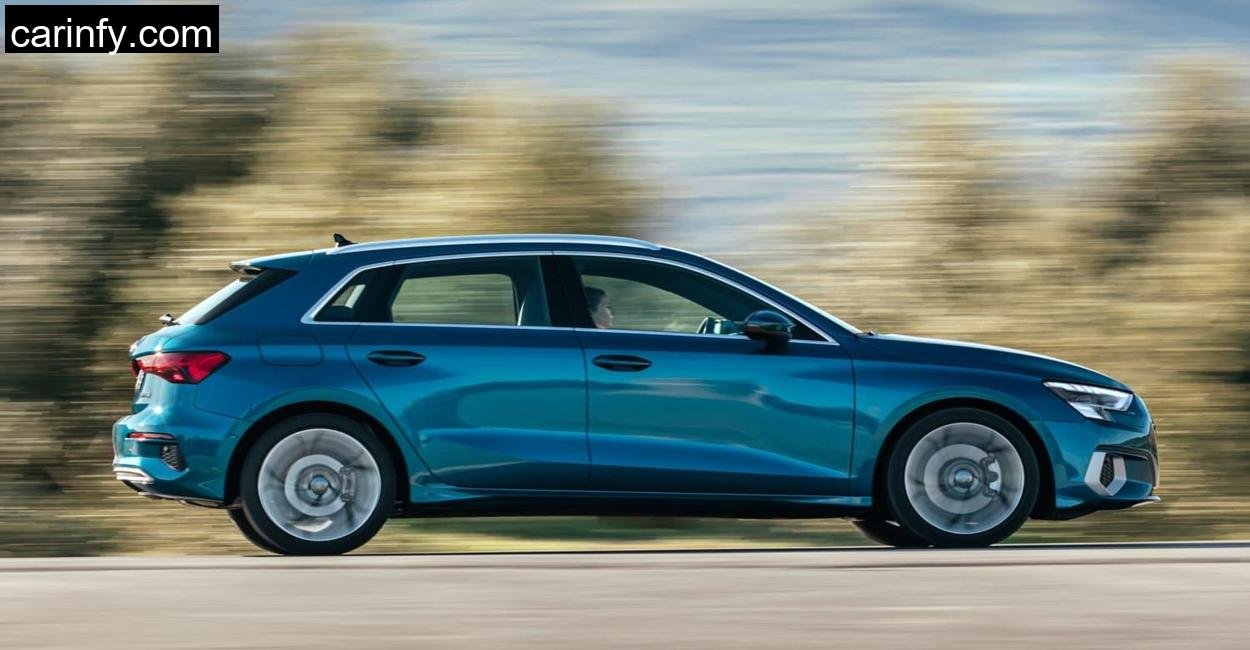It’s early morning in Provence. The lavender fields are still cloaked in mist as I pull into the base of Mont Ventoux – the legendary mountain that has tested climbers, cyclists, and now, the Suzuki Vitara. This isn’t just any test drive. This is a challenge of endurance and engineering. Suzuki’s long-running Vitara, a staple in the mini SUV segment for over three decades, has just received a major refresh. With updated looks, improved infotainment, and two hybrid options – a mild and a full hybrid – it’s now positioned to fight in a fiercely competitive market.
Mont Ventoux, with its steep climbs, unpredictable weather, and winding roads, is the perfect proving ground. My goal? To see how these hybrid powertrains hold up in real-world conditions. I had the chance to drive both the 1.4 Boosterjet Mild Hybrid and the 1.5 Dualjet Full Hybrid versions up this beast of a mountain. Here’s everything you need to know.
First Impressions: Old Soul, New Tricks

The Vitara has always been a bit of an underdog. Not as flashy as some of its European rivals, but dependable, unpretentious, and surprisingly capable. The 2024 facelift gives it just enough visual polish to feel modern without losing its rugged charm. The LED headlights, cleaner grille, and subtle body tweaks make it look more upscale than before.
Inside, the changes are more significant. The new 9-inch infotainment screen is a game-changer, offering wireless Apple CarPlay and Android Auto and access to Suzuki Connect. The materials are still functional rather than fancy, but the layout is clear, and most controls are easy to reach. I appreciated the simplicity – no endless menus or overly sensitive touch surfaces.
Then there’s the high seating position, generous front space, and decent rear legroom for a compact SUV. The boot is usable – 375 liters in the mild hybrid, though the full hybrid loses some capacity due to its battery, dropping to 290 liters. If you travel light or fold the seats, you’ll make it work.
The Mild Hybrid: 1.4 Boosterjet on the Climb
The first leg of my journey up Mont Ventoux was in the Suzuki Vitara 1.4 Boosterjet Hybrid Comfort+ AllGrip. This model uses a 1.4-liter turbocharged petrol engine paired with a 10kW integrated starter generator (ISG) and a 48-volt lithium-ion battery. It’s not a full hybrid, but it does offer electric assistance during take-offs and under light loads.
With 129 horsepower and 235 Nm of torque coming in at just 2000 rpm, the mild hybrid feels surprisingly punchy. Acceleration from 0-100 km/h takes about 10.2 seconds, but real-world performance is more about flexibility. On the slopes of Ventoux, I noticed the electric motor kicking in subtly, smoothing out low-speed acceleration and reducing turbo lag.
Climbing through switchbacks, the 6-speed manual gearbox kept me engaged. The engine pulls cleanly, and even in higher gears, there’s enough mid-range torque to avoid frequent downshifting. The AllGrip all-wheel-drive system gave me confidence when the road surface turned slippery with morning dew.
Fuel economy? That’s where things got interesting. Suzuki claims 5.4 l/100km, but my actual reading on the climb and descent was closer to 6.4 l/100km. Not bad for a non-plug-in hybrid tackling such elevation changes. CO₂ emissions in real-world conditions came to around 175 g/km.
The Full Hybrid: 1.5 Dualjet Tries to Impress
After a quick lunch stop at Chalet Reynard, I swapped into the Vitara 1.5 Dualjet Hybrid. This one uses a naturally aspirated 1.5-liter four-cylinder engine, a 24kW electric motor, and a small 0.84 kWh battery. Total system output is 116 hp. Less than the mild hybrid on paper, but this version is more about efficiency and refinement.
The electric motor here can actually move the vehicle at low speeds. Driving through the sleepy village of Bédoin, I was able to cruise silently through 30 km/h zones without waking the dogs. It’s not a plug-in hybrid, so you can’t charge it externally, but regenerative braking helps top up the battery during downhill coasting.
The transmission is an automated manual (AGS). It’s a clever setup where the electric motor fills in torque gaps during gear changes. Most of the time, it works smoothly. But under hard acceleration, gear shifts can feel jerky – something to keep in mind if you’re used to the seamlessness of a CVT or dual-clutch system.
On the climb, the full hybrid didn’t feel as enthusiastic as the Boosterjet. It’s slower on paper and in practice – overtaking from 60 to 100 km/h took almost 7.8 seconds. However, it clawed back some points in city driving. On flatter ground and in stop-start traffic through Carpentras, I managed to keep fuel consumption around 5.8 l/100km. That dipped to 6.4 l/100km on the mountain and highway portions, putting it on par with the mild hybrid overall.
Road Manners and Off-Road Potential

Both hybrid versions share the same AllGrip all-wheel-drive system with four modes: Auto, Sport, Snow, and Lock. Driving up Mont Ventoux gave me a chance to try Snow mode early in the morning when frost still clung to shaded corners. Lock mode, with its 50:50 torque split, came in handy on a gravel detour near the summit.
Body control is decent for a mini SUV. There’s some roll in corners, but it’s predictable. The steering is a bit numb and lacks feedback, which becomes apparent on tight mountain bends. Also, the return-to-center action is weak, so you’ll find yourself making small corrections more often than you’d like.
Braking is solid. I did a few hard stops from 100 km/h and averaged around 36 meters – not class-leading, but safe. The brake pedal has a consistent feel, and modulation is easy.
During the ADAC evasive maneuver test, the Vitara stayed composed. The ESP kicks in early but doesn’t interfere too much. It’s not a sporty drive, but it’s secure and confidence-inspiring.
Connectivity and Tech: Catching Up

The 2024 updates brought a new infotainment system with a 9-inch touchscreen. It’s responsive, easy to use, and finally includes wireless Apple CarPlay and Android Auto. The Suzuki Connect app lets you check vehicle status, set up geofences, and locate your car remotely.
Adaptive cruise control now reads road signs and adjusts speed accordingly. Lane keeping assist works, but the steering inputs are a little too artificial for my taste. A driver monitoring camera warns if you’re drowsy or distracted, which is handy on long drives.
However, not everything is perfect. Adjusting vehicle settings requires fiddling with a small rotary knob near the instrument cluster. The menu system is clunky, and some translations are odd. Also, you can’t access the menu while driving, which is frustrating when you just want to tweak a setting on the go.
Technical Specifications
The specifications listed are officially published by the brand and sourced from Suzuki’s website.
| Specification | 1.4 Boosterjet Mild Hybrid | 1.5 Dualjet Full Hybrid |
|---|---|---|
| Engine Type | Turbocharged Petrol + ISG | NA Petrol + Electric Motor |
| Displacement | 1373 cc | 1462 cc |
| System Power | 129 hp / 95 kW | 116 hp / 85 kW |
| Torque | 235 Nm | N/A |
| Transmission | 6-speed manual | Automated Manual (AGS) |
| Drive Type | All-Wheel Drive (AllGrip) | All-Wheel Drive (AllGrip) |
| 0-100 km/h | 10.2 seconds | Not provided |
| Top Speed | 190 km/h | 180 km/h |
| Fuel Consumption (WLTP) | 5.4 l/100km | 5.6 l/100km |
| Fuel Consumption (Real) | 6.4 l/100km | 6.4 l/100km |
| CO₂ Emissions | 128 g/km | 127 g/km |
| Boot Space | 375 liters | 290 liters |
| Price (Base) | €32,450 | €35,450 |
Conclusion: A Hybrid SUV That Keeps It Real
Driving the Suzuki Vitara hybrids up Mont Ventoux was a genuine pleasure. While neither version is groundbreaking in terms of technology or efficiency, both offer a well-rounded, practical, and enjoyable driving experience.
The mild hybrid is more engaging and better suited for those who enjoy a spirited drive. The full hybrid, on the other hand, shines in urban settings and offers slightly better efficiency in stop-and-go traffic. Both versions are equally capable off-road, thanks to the AllGrip AWD system.
Yes, the Vitara shows its age in places – especially in interior materials and infotainment quirks. But it also proves that you don’t need to spend a fortune to get a capable, efficient, and versatile SUV. If Suzuki can iron out the rough edges with the upcoming electric version, the Vitara might just climb to new heights.
Can the full suzuki hybrid Vitara drive purely on electricity?
Yes, but only at low speeds and short distances. It’s not a plug-in hybrid.
Is the Suzuki Vitara Mild Hybrid more powerful than the full hybrid?
Yes. The mild hybrid offers 129 hp compared to the full hybrid’s 116 hp.
How Suzuki Vitara Hybrid off-road performance?
Very good for a mini SUV. The AllGrip system with multiple modes ensures good traction even on loose or slippery surfaces.
